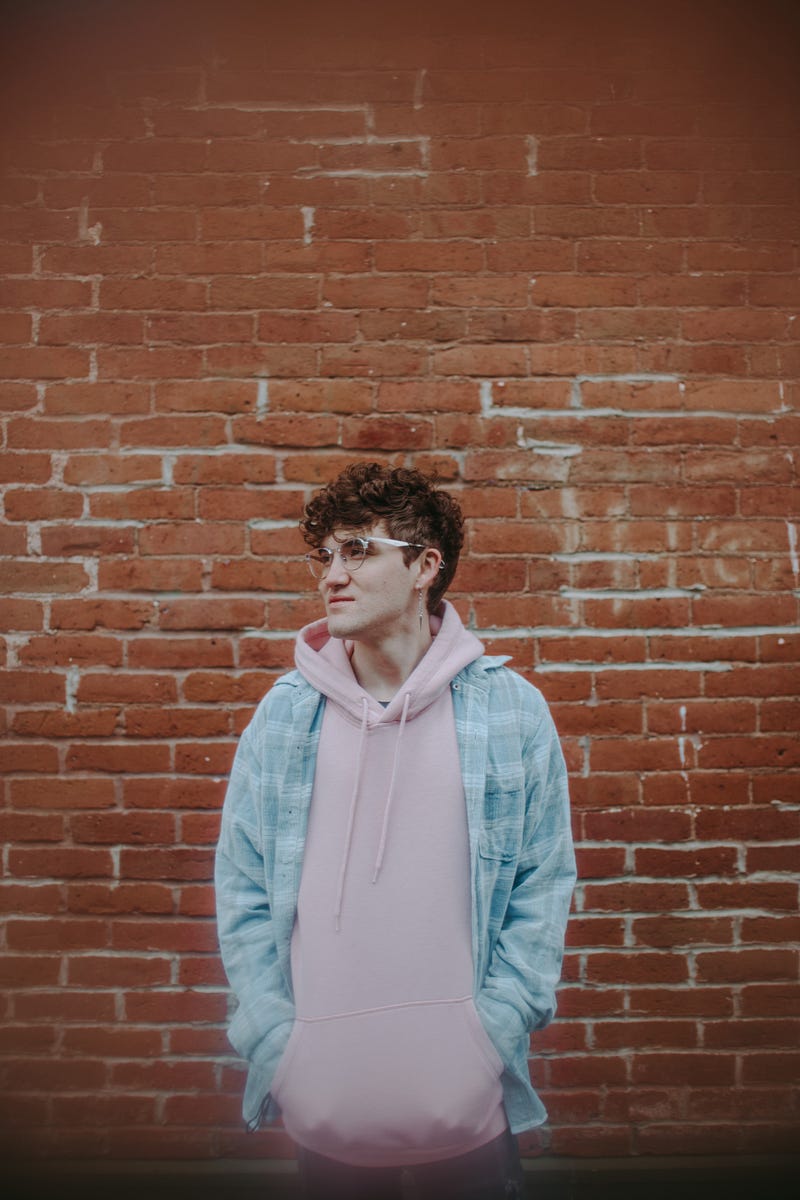Give Queer Kids a Chance
My journey as a gay kid growing up in a straight world and how heteronormativity is destructive to queer youth.
Story by Zachary Jimenez

“Why do you sound like a girl?”
“You walk like a sissy.”
“Stop crying and be a man.”
“You talk like a faggot.”
Growing up, these words cut through the deepest part of my psyche. I never felt different until I was told I was different.
Around the time I started middle school, my peers and a few of my family members had no issue reminding me that I acted too feminine for a boy.
I spent the entirety of my teenage years censoring my queerness and any part of myself that was perceived as feminine. I wanted so badly to be masculine, but when I looked in the mirror, I saw a skinny feminine boy I hated. I was terrified by what people thought of me and it was exhausting to constantly censor myself.
If I let my guard down, even for just a second, I might enunciate my words slightly more feminine or talk with my hands excessively and find myself being scrutinized.
Everyone who’s been in the closet knows the feeling. It’s like being under a microscope where one slip-up can send you spiraling because you no longer have control over how others perceive you.
I was always hyperfixated on how I spoke, how I walked and the way I dressed just to try to conform and feel accepted. I was miserable until I came out at 18 and have spent my entire adult life deconstructing internalized homophobia by learning how to love myself.
Queer kids aren’t given the same opportunities as their straight cisgender peers to explore their identity. This leads to stunted emotional growth, dysmorphia and other mental health issues that put queer people at a disadvantage from the start of their lives.
A 2019 survey by the Trevor Project found that 71% of LGBTQ youth experienced discrimination and reported feeling sad and hopeless.
Nothing is going to improve for queer youth until our society addresses the harm caused by heteronormativity. It’s a big word that has an even bigger impact on queer lives.
Growing up gay and being told by family and friends that I would one day marry a girl and start a family pressured me to bury my true feelings. Queer youth are constantly bombarded with heteronormative messages from the media, their schools and their families.
I didn’t see gay people represented in the media until I took it upon myself to find gay people on YouTube. Watching videos about coming out was my first experience with the topic and what gave me the courage to come out.

I started watching coming out videos when I was 17. I wish I would have been exposed to queer narratives at a younger age because it would have helped me find the confidence I needed to come out sooner.
On the flip side, heteronormative narratives are so prevalent in our culture — they are passively consumed and there’s little queer representation as a result.
The vast majority of media is heteronormative, which is why young queer people don’t feel represented. They don’t have the confidence or feel safe coming out until they reach adulthood.
Transgender and nonbinary folks have it even harder because they have to battle gender norms that cisgender queer people don’t experience. Transgender and nonbinary folks are at the highest risk of experiencing targeted violence in the LGBTQ community.
Fifty-two transgender and nonbinary individuals were killed in 2020, according to the National Black Justice Coalition. This is just the known number of confirmed deaths as a result of anti-trans violence. Unfortunately, this year is already on track to be more deadly, with 26 deaths as of May 25.
We all need to do a better job to make queer kids feel safe and supported.
Looking back, there are three things I see that need to change that would have drastically improved my early life.
1. Queer-friendly education that includes queer history and comprehensive sex education.
2. Representation in media — as soon as kids are exposed to the idea of heterosexual relationships, they should also be exposed to queer relationships.
3. Having a supportive family unit that allows queer kids to explore their gender identity and expressions freely.
I’m proud of how far I have come on my personal journey of accepting my sexuality and learning to love myself. My experiences, both good and bad, shaped me into the person I am.
I hope the next generation of queer kids can find happiness and self-acceptance before they are robbed of it by a world that doesn’t understand them.